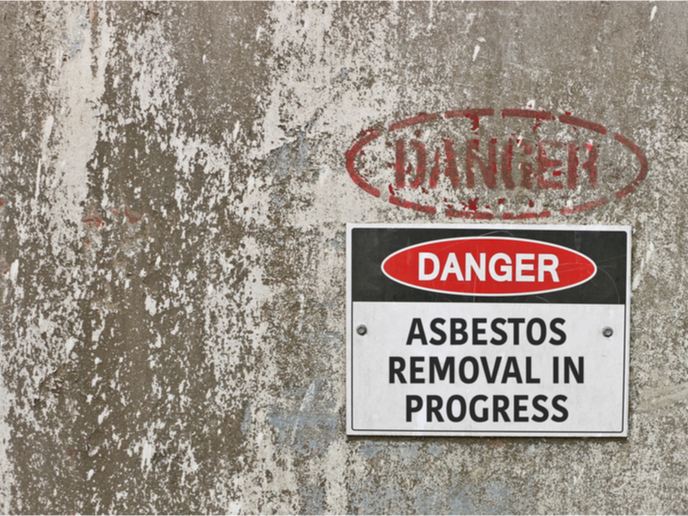Efficient repair of road infrastructure
Increasing volumes of traffic urgently require an effective road system in Central and Eastern European countries. However, according to recent estimates, bringing the transport infrastructure in these areas up to modern standards will require an investment of around EUR 100 billion. The ‘Assessment and rehabilitation of Central European highway structures’ (Arches) project brought together a team of international researchers to carry out testing and real-life applications in several of the EU's newer Member States. They looked at how to develop technologies and procedures for the optimised conservation of highway structures. Their approach prioritised the development of better safety-assessment methods, as well as avoiding rehabilitation and replacement in favour of preventing corrosion through new concepts to reinforce concrete structures. The project team developed guidance for assessing bridges. This deals with monitoring, load testing of different types, dynamic impact on bridges and bridge management system development. A key aspect of the project was to monitor and prevent corrosion of existing bridge reinforcement and to develop new highly resistant materials to achieve this. The researchers looked into the costs of cathodic protection of reinforcing steel and found that this well-developed technique can be instrumental in saving considerable amounts of money over periods of up to 25 years. The project initiated the use of Ultra High Performance Fibre Reinforced Concretes (UHPFRC) rehabilitation technique for the first time outside of Switzerland, applying it in Slovenia. The application was successful and fast, taking one month compared to three for traditional techniques. The team demonstrated that it is possible to apply this technique to slopes of up to 5 % and showed improved surface textures. The new concrete recipes developed under the project have dramatically reduced cement content, making them an economical and environmentally friendly option. Overall, the project developed and applied concepts for the more sustainable rehabilitation of civil infrastructure, which are applicable in many countries.







